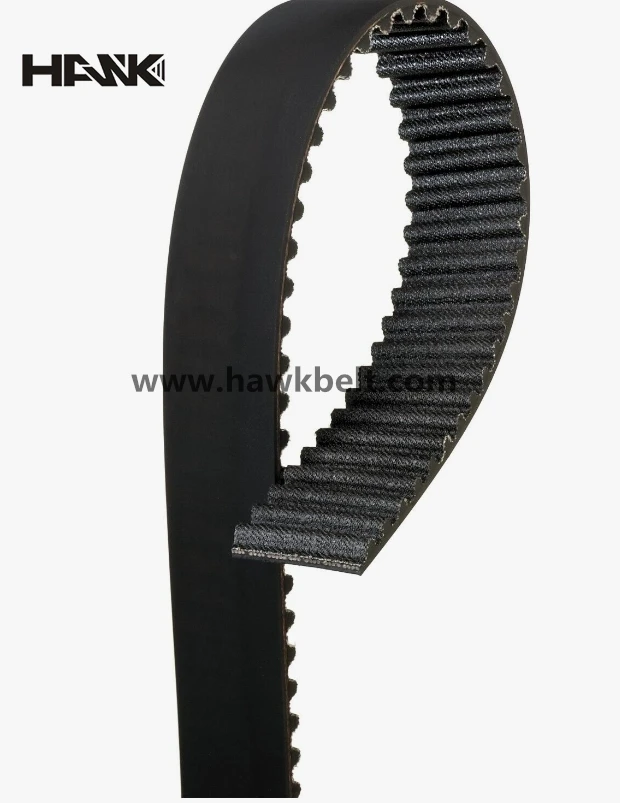- Arabic
- French
- Russian
- Spanish
- Portuguese
- Turkish
- Armenian
- English
- Albanian
- Amharic
- Azerbaijani
- Basque
- Belarusian
- Bengali
- Bosnian
- Bulgarian
- Catalan
- Cebuano
- Corsican
- Croatian
- Czech
- Danish
- Dutch
- Afrikaans
- Esperanto
- Estonian
- Finnish
- Frisian
- Galician
- Georgian
- German
- Greek
- Gujarati
- Haitian Creole
- hausa
- hawaiian
- Hebrew
- Hindi
- Miao
- Hungarian
- Icelandic
- igbo
- Indonesian
- irish
- Italian
- Japanese
- Javanese
- Kannada
- kazakh
- Khmer
- Rwandese
- Korean
- Kurdish
- Kyrgyz
- Lao
- Latin
- Latvian
- Lithuanian
- Luxembourgish
- Macedonian
- Malgashi
- Malay
- Malayalam
- Maltese
- Maori
- Marathi
- Mongolian
- Myanmar
- Nepali
- Norwegian
- Norwegian
- Occitan
- Pashto
- Persian
- Polish
- Punjabi
- Romanian
- Samoan
- Scottish Gaelic
- Serbian
- Sesotho
- Shona
- Sindhi
- Sinhala
- Slovak
- Slovenian
- Somali
- Sundanese
- Swahili
- Swedish
- Tagalog
- Tajik
- Tamil
- Tatar
- Telugu
- Thai
- Turkmen
- Ukrainian
- Urdu
- Uighur
- Uzbek
- Vietnamese
- Welsh
- Bantu
- Yiddish
- Yoruba
- Zulu
Dec . 15, 2024 09:32 Back to list
belt or chain drive motorcycle
Belt vs. Chain Drive Motorcycles Choosing the Right Power Transfer for Your Ride
When it comes to motorcycles, one of the most critical components that affects performance, maintenance, and riding experience is the drive system. Two of the most common types of drive systems are belt drives and chain drives, each with its own advantages and disadvantages. This article will explore the differences between these two systems, helping you make an informed decision about which is best for your riding style and needs.
Belt Drives
Belt drives utilize a rubber belt, often reinforced with fiberglass or other materials, to transmit power from the engine to the rear wheel. This system is favored by many cruiser and touring motorcycles, such as those produced by Harley-Davidson. One of the primary benefits of belt drives is their low maintenance requirement. Unlike chain systems, which need regular lubrication and can rust over time, belt drives are generally sealed and need little more than periodic inspection and adjustment.
In terms of comfort, belt drives offer a smoother and quieter ride. The rubber belt absorbs vibrations better than a metal chain, resulting in a more pleasant riding experience, particularly on long journeys. Additionally, a belt drive system tends to be lighter, which can contribute to improved fuel efficiency.
However, belt drives do have some drawbacks. They can be more expensive to replace than chains, and they have limits on power transmission. High-performance motorcycles often prefer chain drives due to their ability to handle more power, making the belt less suitable for aggressive riding or racing.
Chain Drives
belt or chain drive motorcycle

Chain drives are the most common power transmission system found on motorcycles, especially sportbikes and dirt bikes. They consist of a metal chain that wraps around the sprockets attached to the engine and the rear wheel. Chain systems are known for their strength and efficiency, capable of transmitting higher amounts of power compared to belt drives, which makes them the preferred choice for performance-focused machines.
The primary advantage of a chain drive is its robustness and adaptability to high-performance applications. For riders who crave speed and responsiveness, chain drives deliver superior performance on the track or during spirited riding. Moreover, replacement parts for chain drives are relatively inexpensive and readily available, making maintenance straightforward and cost-effective.
However, chain drives come with some downsides. They require regular maintenance, including lubrication and adjustments to prevent stretching or wear. This can be time-consuming, especially for riders who are not mechanically inclined. Chain drives also tend to be noisier and less comfortable over long distances due to the mechanical nature of the metal links.
Which One is Right for You?
When deciding between belt and chain drives, consider your riding style and preferences. If you prioritize comfort, low maintenance, and a quieter ride, a belt drive motorcycle may be the right choice. This system is ideal for cruisers and touring riders who spend long hours on the road without wanting the hassle of frequent maintenance.
On the other hand, if you crave performance, speed, and responsiveness, a chain drive motorcycle is likely more suitable. Sport and dirt bike enthusiasts who need a robust and efficient transmission system will find that chain drives offer the performance edge they desire.
Ultimately, both belt and chain drive systems have their own set of pros and cons. It’s essential to evaluate what you value most in your motorcycle experience—be it low maintenance and comfort or performance and responsiveness. Whatever you choose, understanding the differences between belt and chain drives will ensure that you select a motorcycle that best suits your needs and riding style.
-
Korean Auto Parts Timing Belt 24312-37500 For Hyundai/Kia
NewsMar.07,2025
-
7PK2300 90916-T2024 RIBBED BELT POLY V BELT PK BELT
NewsMar.07,2025
-
Chinese Auto Belt Factory 310-2M-22 For BMW/Mercedes-Benz
NewsMar.07,2025
-
Chinese Auto Belt Factory 310-2M-22 For BMW/Mercedes-Benz
NewsMar.07,2025
-
90916-02660 PK Belt 6PK1680 For Toyota
NewsMar.07,2025
-
drive belt serpentine belt
NewsMar.07,2025

